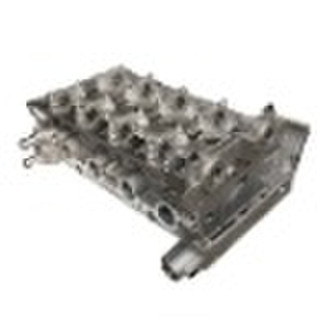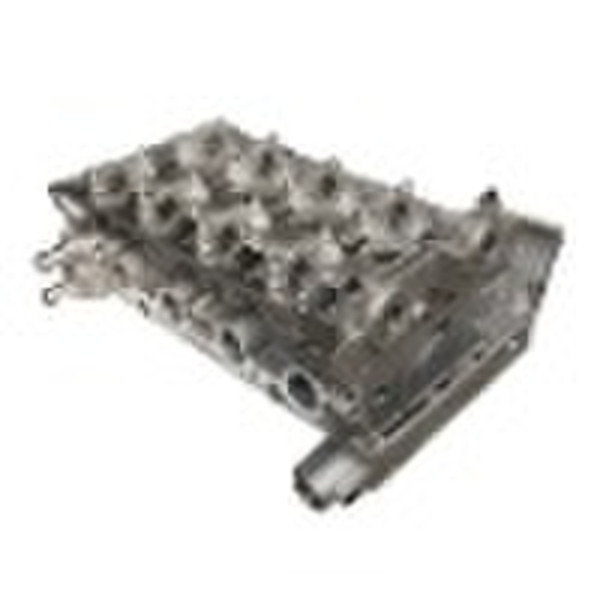Catalog
-
Catalog
- Agriculture
- Apparel
- Automobiles & Motorcycles
- Beauty & Personal Care
- Business Services
- Chemicals
- Construction & Real Estate
- Consumer Electronics
- Electrical Equipment & Supplies
- Electronic Components & Supplies
- Energy
- Environment
- Excess Inventory
- Fashion Accessories
- Food & Beverage
- Furniture
- Gifts & Crafts
- Hardware
- Health & Medical
- Home & Garden
- Home Appliances
- Lights & Lighting
- Luggage, Bags & Cases
- Machinery, Hardware & Tools
- Measurement & Analysis Instruments
- Mechanical Parts & Fabrication Services
- Minerals & Metallurgy
- Office & School Supplies
- Packaging & Printing
- Rubber & Plastics
- Security & Protection
- Service Equipment
- Shoes & Accessories
- Sports & Entertainment
- Telecommunications
- Textiles & Leather Products
- Timepieces, Jewelry, Eyewear
- Tools
- Toys & Hobbies
- Transportation
Filters
Search
Permanent Mold Casting Parts
original price: 1,00 USD
Chongqing, China
Production capacity:
1000 Ton / Month

Hongjie Wang
Contact person
Basic Information
| Place of Origin | Chongqing China (Mainland) |
|---|
Instead of using sand as the mold material, a metal is used as a mold. Typically cast iron or Meehanite (a dense cast iron) is used as the mold material and the cores are made from metal or sand. Cavity surfaces are coated with a thin layer of heat resistant material such as clay or sodium silicate. The molds are pre-heated upto 200 ºC (392 ºF) before the metal is poured into the cavity. The cavity design for these molds does not follow the same rules for shrinkage as in sand casting molds, due to the fact that the metal molds heat up and expand during the pour, so the cavity does not need to be expanded as much as in the sand castings. However, care has to be taken to ensure proper thermal balance, by using external water cooling or appropriate radiation techniques. Permanent mold castings, while not as flexible as sand castings in allowing the use of different patterns (different part designs), lower the cost of producing a part. At a production run of 1000 or more parts, permanent mold castings produce a lower piece cost part. Of course, the break-even point depends on the complexity of the part. More complex parts being favored by the use of permanent molds. The usual considerations of minimum wall thicknesses (such as 3mm for lengths under 75 mm), radius (inside radius = nominal wall thickness, outside radius = 3 x nominal wall thickness), draft angles (1 to 3º on outside surfaces, 2 to 5º on inside surfaces) etc all apply. Typical tolerances are 2 % of linear dimensions. Surface finish ranges from 2.5 µm to 7.5 µm (100 µin to 250 µin).
Delivery terms and packaging
Packaging Detail: cartons Delivery Detail: 1 to 3 months
Payment term
Documents Against Acceptance
Documents Against Payment
Letter of credit
Telegraphic transfer
-
Payment Methods
We accept:









